Today, a podcast about the urgent issue of food sustainability: I chatted with a team in Valle del Cauca working with state-of-the-art genetic techniques to save our seeds - and ensure the future of food in the face of our planet’s uncertain future.
Last century, we lost 70% of our food biodiversity – swallowed up by climate change, habitat loss, industrial agriculture, and the homogenisation of the global diet.
But new projects are harnessing biotechnology, genetics, artificial intelligence, and permaculture methods to store and study the genetics of our food – creating a global back-up drive for the plants which sustain human life, like grains, rice, and cassava.


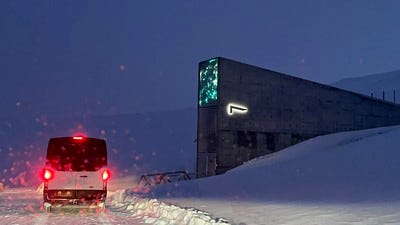
Future Seeds is just one of these projects: a state-of-the-art gene-bank in rural Colombia - just outside of Cali. I visited the site - the world’s biggest tropical crop bank - and spoke to some of their team to get a better understanding of their work and how it fits into the global drive to conserve the biodiversity of food - as well as why that matters so much.
From the archives - This podcast was first published via Colombia Calling in 2022
The number of human food sources is diminishing - and fast. Nobody knows this better than Daniel Debouck, a delightfully eccentric Belgian scientist who has spent nearly half a century wandering Latin America, collecting frijoles (beans) – storing and studying numerous undocumented (and often wild) species… All while dodging narcos in Mexico and Shining Path combatants in the mountains of Peru.
A bean which Daniel collected from a Costa Rican hedgerow in the late 1980s has since disappeared: the site is now a motorway layby with a large skip, surrounded by rubbish blown about by the wind. The bean doesn’t exist anywhere else…
Except in this gene-bank, where it is safely stored.
Decades after Daniel collected it, the bean proved crucial to resisting a whitefly plague in northern Colombia, where Daniel is now leading projects with Future Seeds. And that’s the idea – conserving diversity is future-proofing.
“We don’t know what tool we’ll need in 20 years: something we haven’t mapped out yet could prove key – or have a quality we need in the future – we cannot know. Without variation there is no future for our food or for our children,” Daniel told me.
In the genetic world, Future Seeds is the Library of Alexandria: 67,000 samples are stored there. And the membership fees are low – non-existent, in fact. Anyone, anywhere in the world, can request materials from this bank, or can ask for materials with certain qualities (e.g. tolerance to intense heat or flooding) which are then selected or even bred by the team, then distributed for free.
“This is the good side of globalisation: despite politics, unrest, failing goodwill, despite all of it – these centres are still working. As long as these centres work, there will be food on shelves,” network leader Charlotte Lusty told me.
The methods are futuristic, from drones which can scan yucca structures underground to X-Rays which can measure mineral content in crops - and even crispr gene editing - as well as a robot (provided by Google and affectionately known as “Don Roverto”) which trundles around fields of beanplants, running images through an AI algorithm which is speedily learning to identify viruses and genetic traits.
Colombia’s Future Seeds site is part of a global network of gene-banks, each of which has its own focus (e.g. specific crops or regions). These banks all exchange ideas and materials for research and breeding - with the notable exception of the ‘mothership’ - a huge vault in Svalbard (an island in the Arctic Ocean) where seeds are held safe and untouched.
Seeds, beans, and tiny bonsai saplings in gel are constantly flying back and forth all over the world: this is how the global gene-bank community quietly continues to make sure we have the tools to face what’s coming: acidic soils, mass extinction, flooding, and heat - as well as unprecedented unpredictability in weather patterns.
And the model works: after a seed bank in Syria was all but destroyed by conflict, a team managed to rebreed and re-store seeds provided by the Svalbard gene-bank, even breeding enough to replenish what had been initially provided, which was then sent back to the arctic vault.
For this podcast, I met some of the team racing against time to store and study the genetics of our food – creating a global back-up drive for the DNA of plants which keep the human race alive – all from a groundbreaking new facility just outside Cali, Colombia: Future Seeds.
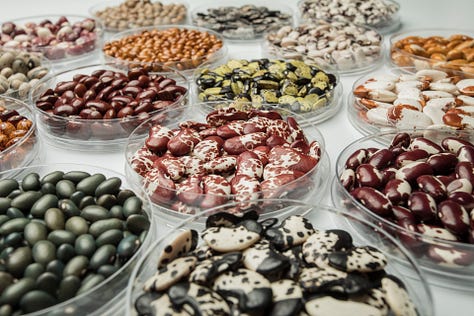
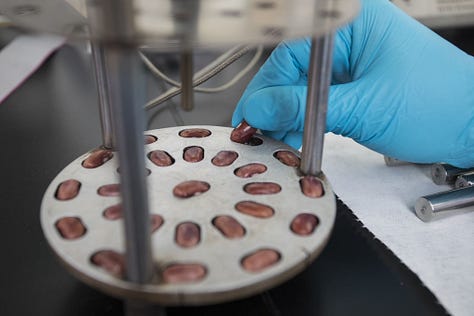
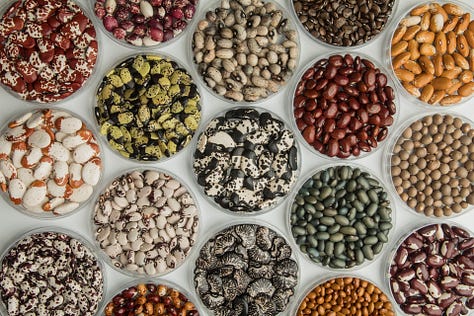
From robots and AI to Jeff Bezos and the pandemic, we'll be chatting all things crops, climate change, Colombia, and the future of food.




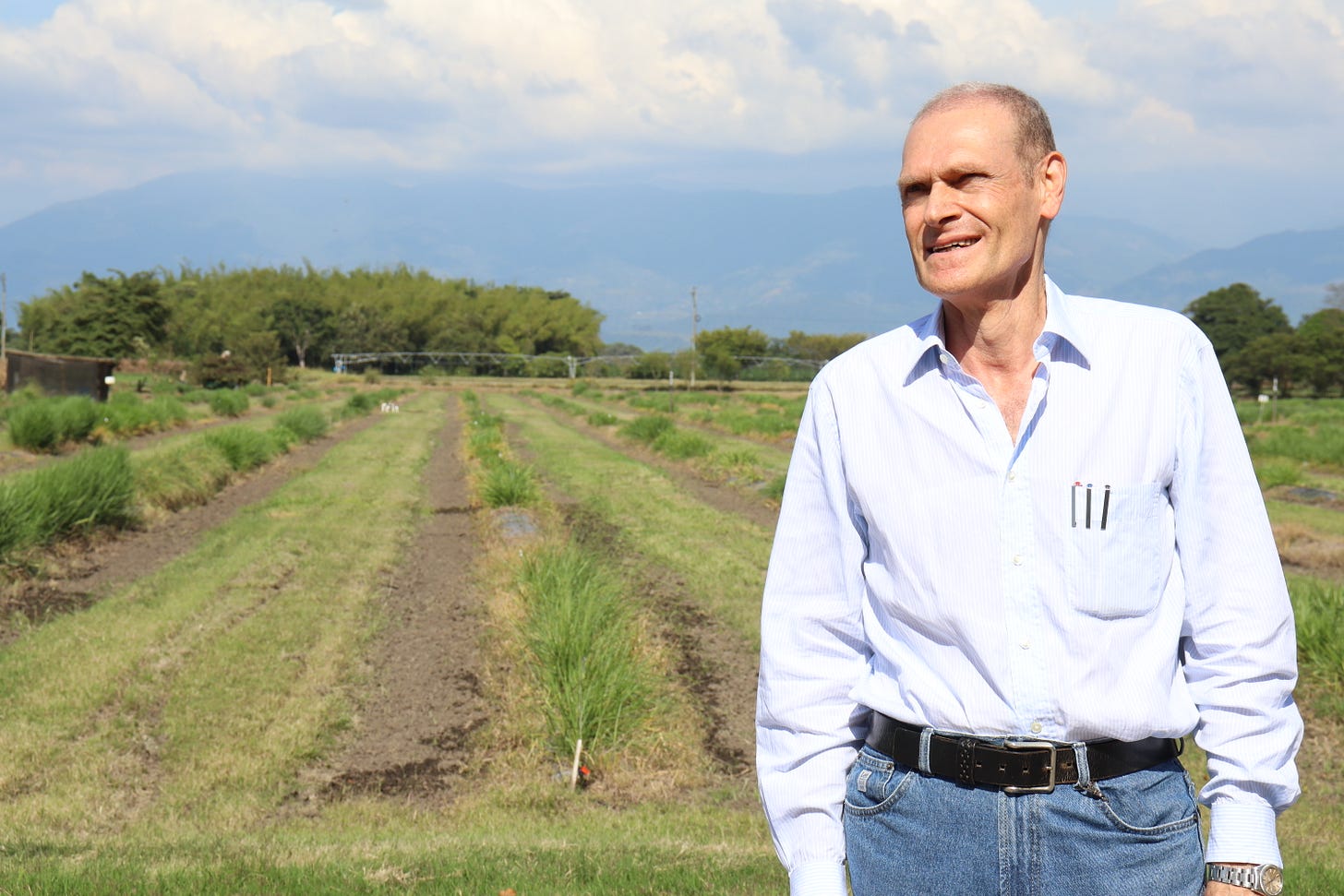






Share this post